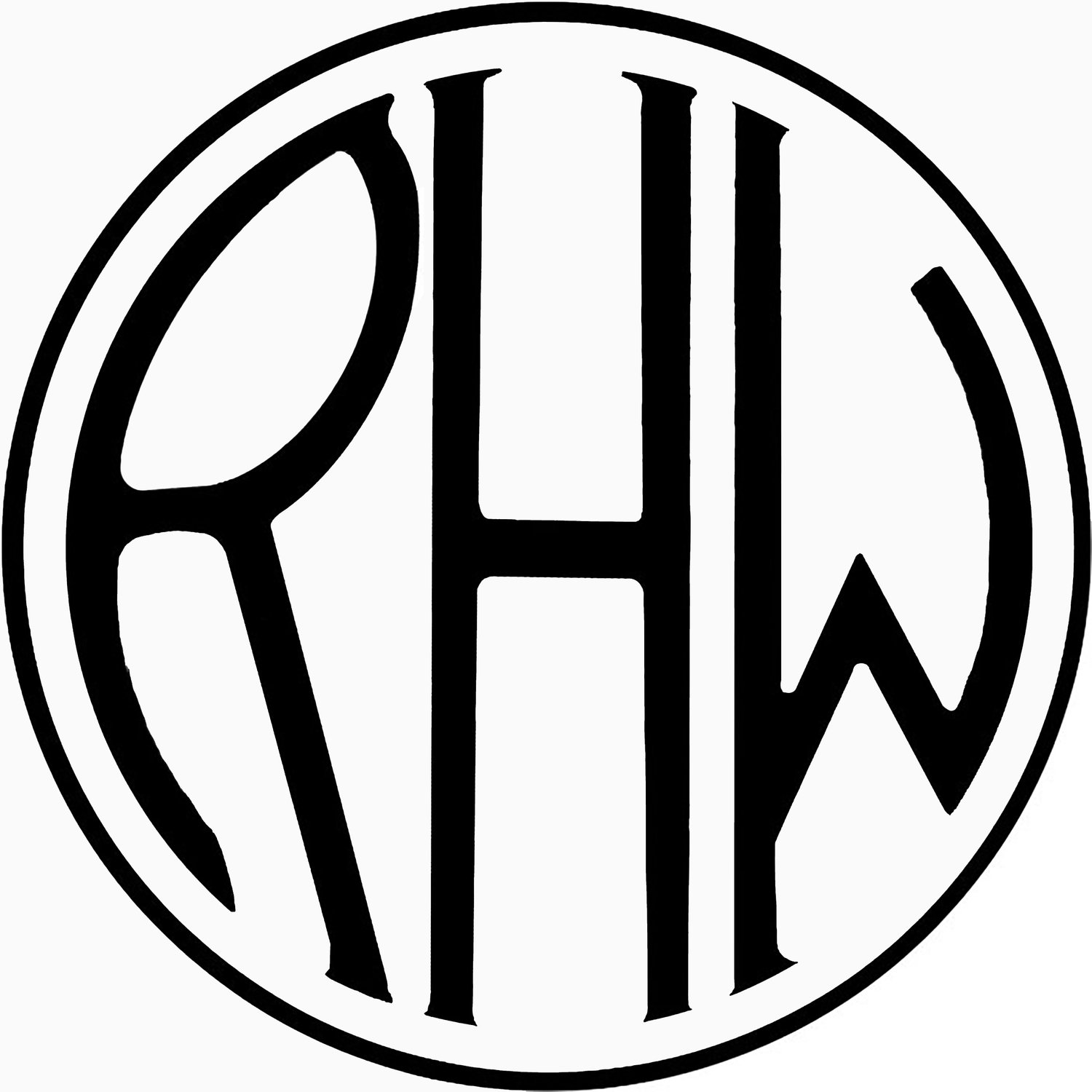Hydrogen Balloons
Aluminium reacts with aqueous sodium hydroxide (NaOH) and produces sodium aluminate (NaAlO2) and hydrogen gas.
I like creating, experimenting, making things, and making things better. As a teenager I learned that mixing Lye, water and rolled up aluminum foil would produce a boiling reaction that released hydrogen gas. Before you go out and try this, I must warn you that if you don’t get the proportions right the mixture will explode in your face blinding you.
This boiling lye mixture produced enough pressure to fill balloons with hydrogen and sending them aloft was a lot of fun.
One of the problems with the process was that, in addition to hydrogen, the balloons filled with steam and the humid air made the balloons heavy. Dad suggested that by passing the steam/hydrogen mixture through a copper condensing coil the steam would cool and “rain out” measurably reducing the moisture content.
For a few months I continued to refine the process until one day I hit upon the idea of using the big grindstone in the shop to turn a solid aluminum piston into fine powder. My theory was that the small particles would have greater surface area that a rolled-up piece of aluminum and that reaction would proceed more quickly.
I put the theory to the test in the basement of our house. It took some time and ingenuity to put the apparatus together in such a way that I could dump the powder into the caustic soda mixture and connect the distilling coil quickly enough that I wouldn’t waste too much hydrogen. Fortunately, I attempted the experiment on my own. I was afraid that if anyone found out what I was doing they would shut me down.
When everything was in place, I dumped the aluminum powder into the large glass jug and quickly turned to get the copper condensing coil. When the powder hit the water, it instantly triggered a massive steam explosion which broke the glass jug and jettisoned boiling caustic soda water and steam all over the basement.
I was lucky to only have a few minor chemical burns on my arms. I quickly opened all the basement windows and ran up stairs to evacuate mom from the house. I was worried that I had produced enough hydrogen that the house would blow up.
I don’t recall being punished for my actions. Maybe mom kept the secret. I did however promise to refrain from conducting chemical experiments in the basement.
Ken Hall who owned Ken’s Confectionary blew the whistle on me because I was regularly purchasing cans of lye at his store. He was worried that I might hurt myself or someone else.
Garnet and Paul Clark were also experimenting with hydrogen generation. They had recently returned from Inuvik where their father Byde had been stationed for work.
Robb Wolff and Garnet Clark holding the balloons. It may be Brent Wood sitting on the car.
One Saturday we filled several balloons with hydrogen and hung a tinfoil pie plate reflector and a small picnic-style cornflakes box from a cord attached to the bottom of the balloons. Inside the box we put a letter, purportedly from the “Inuvik Institute of Technology”, that requested anyone finding the letter to return it by mail to the Clarks in Cardston and tell us where the balloons had landed.
A few weeks later we received a letter from a farmer in Saskatchewan.
